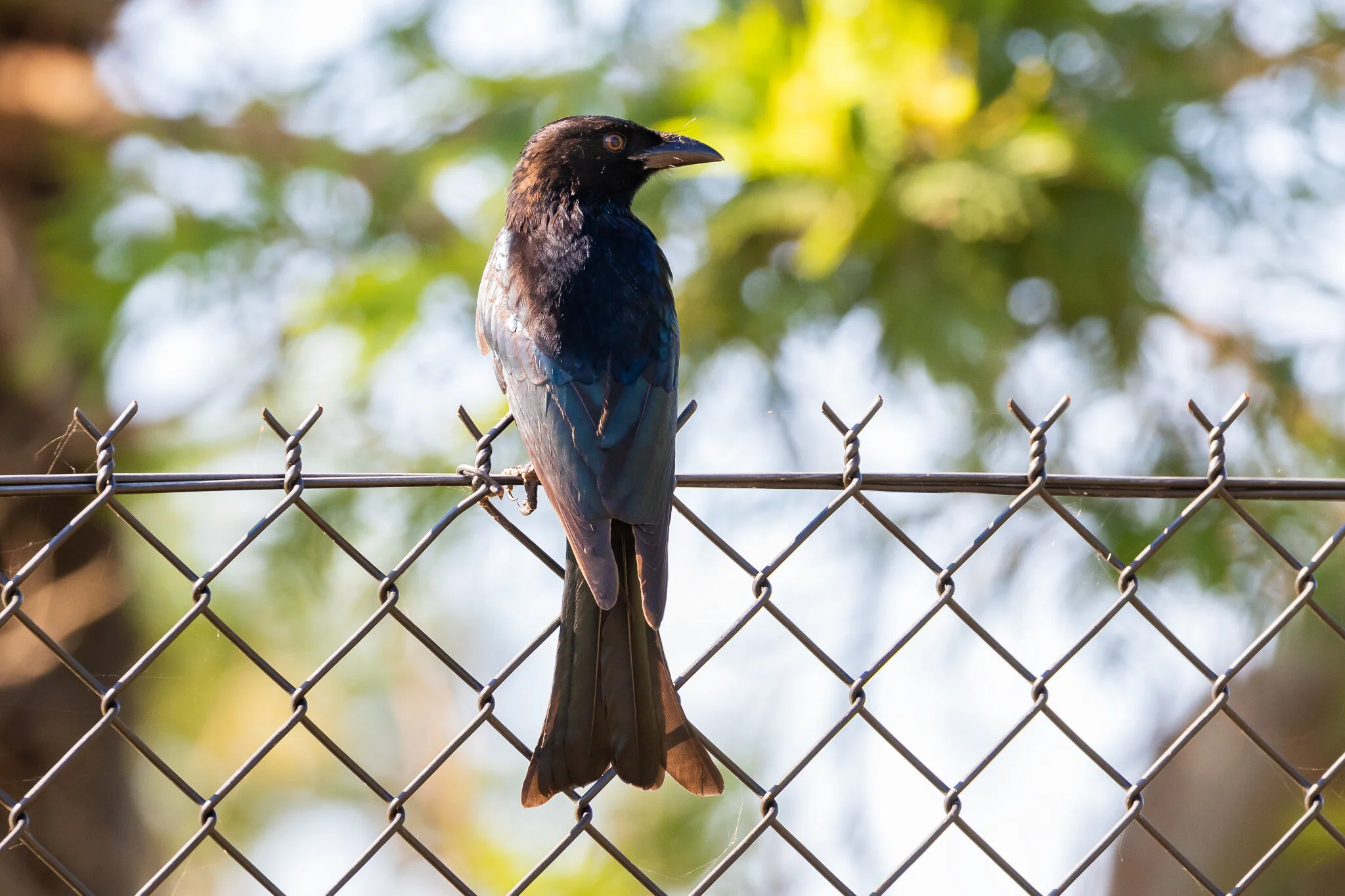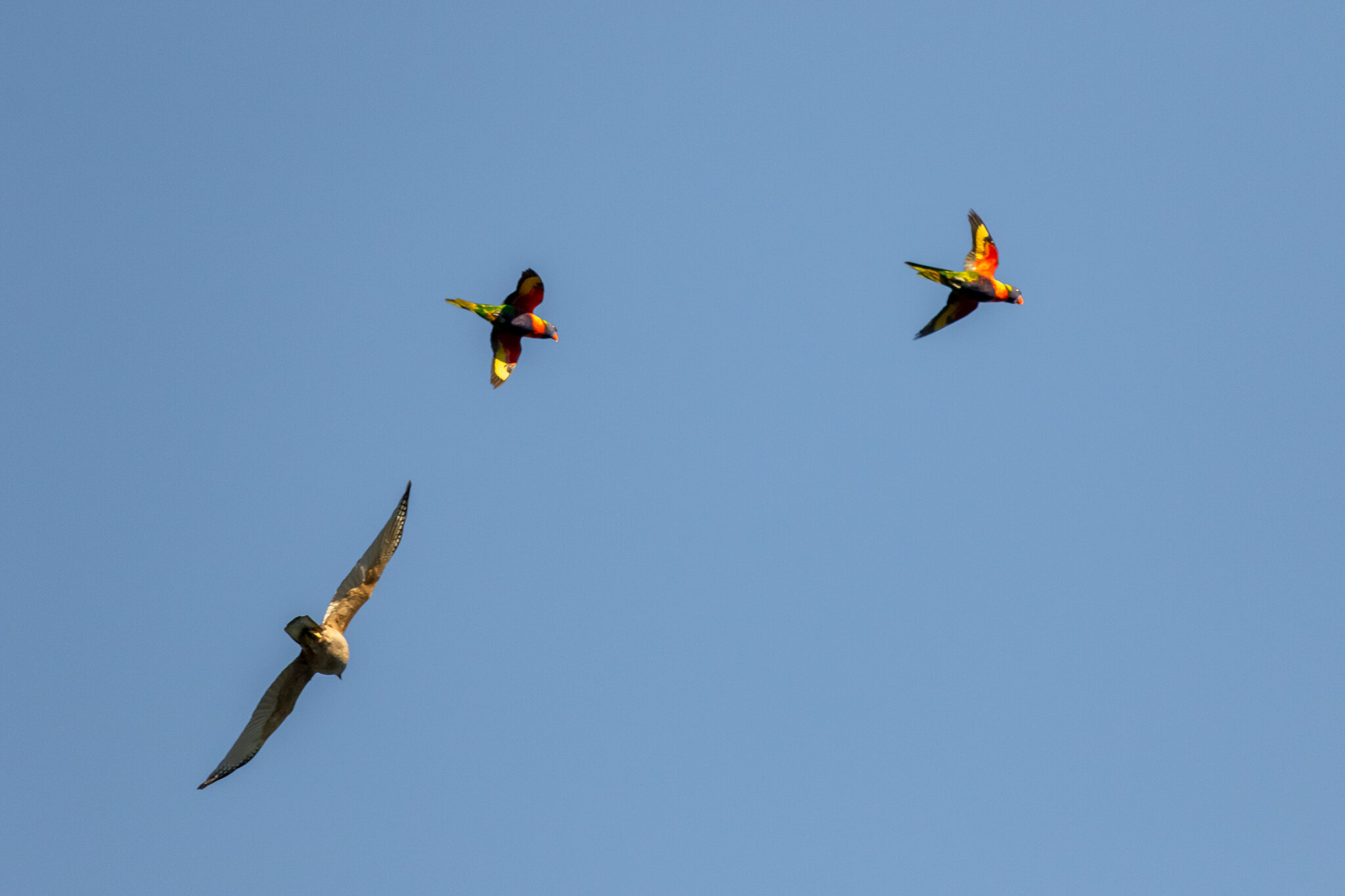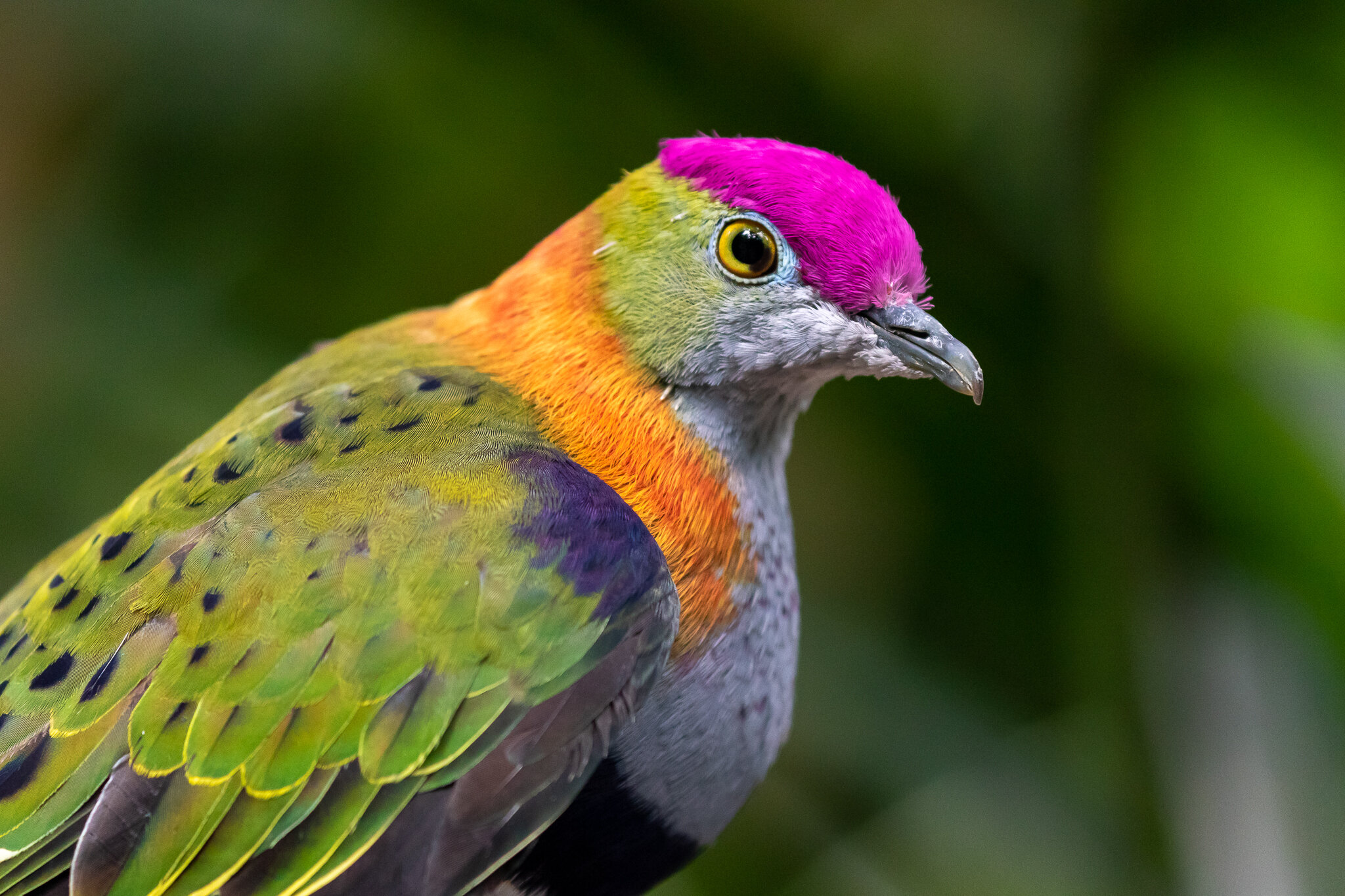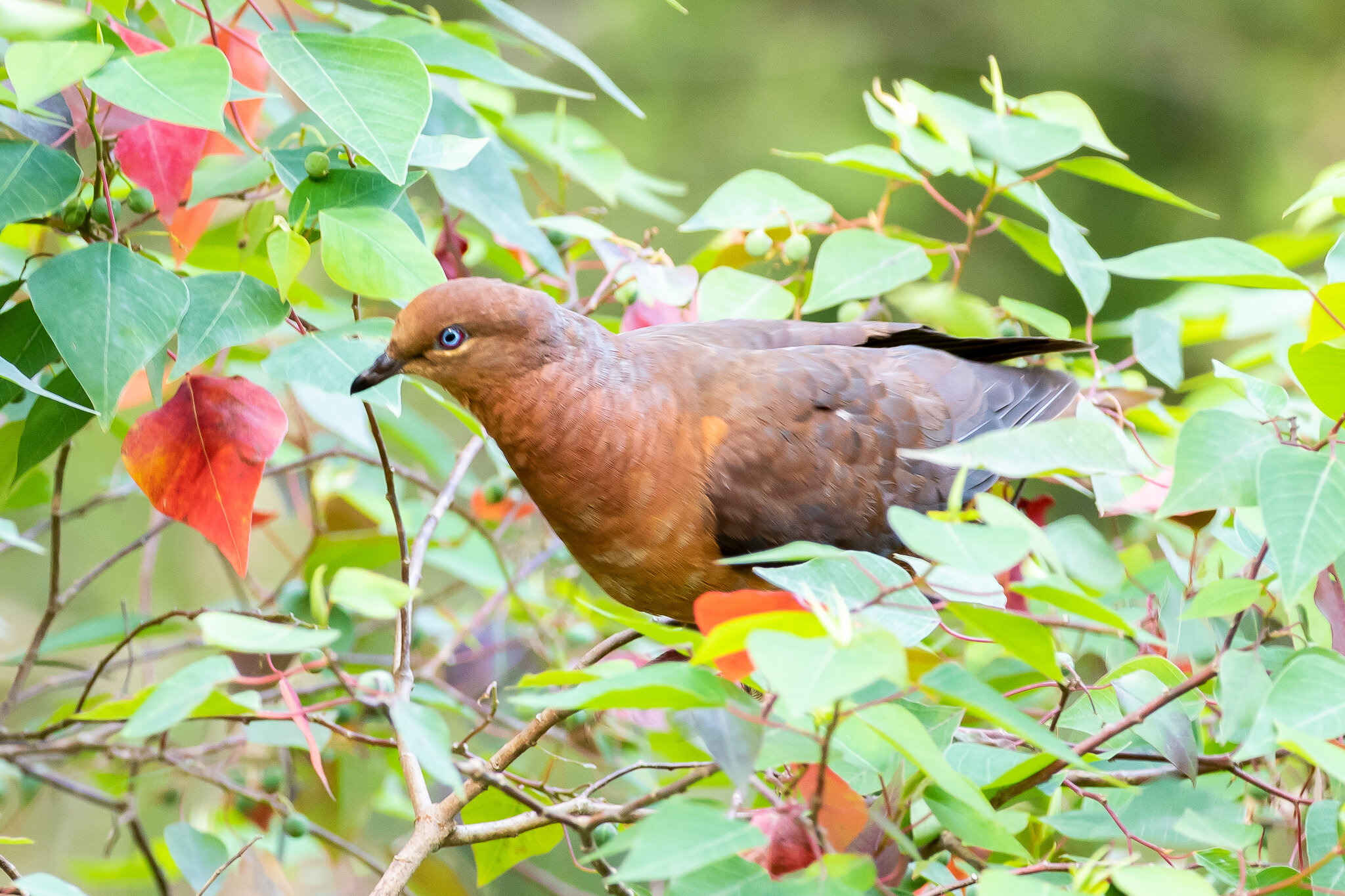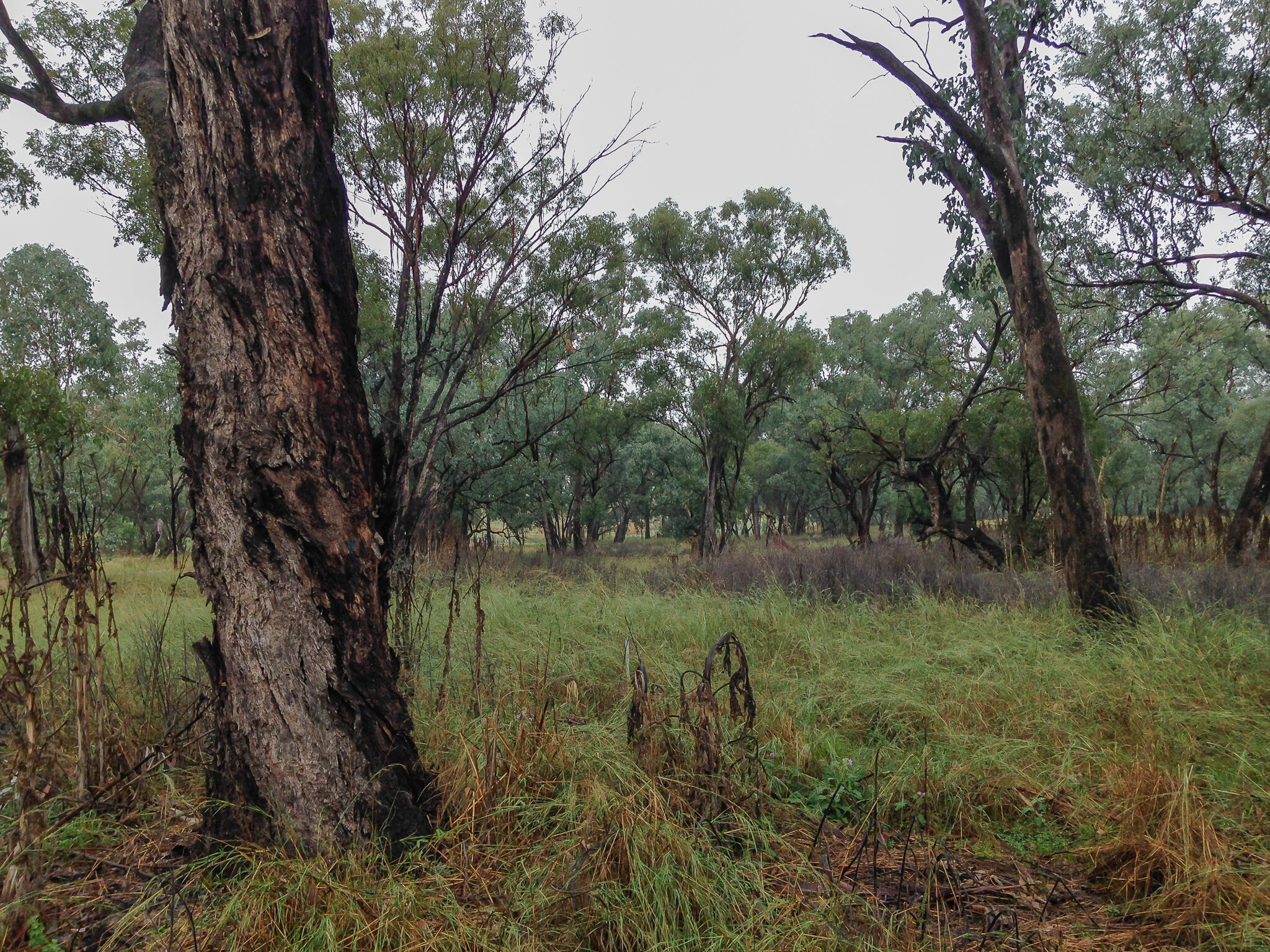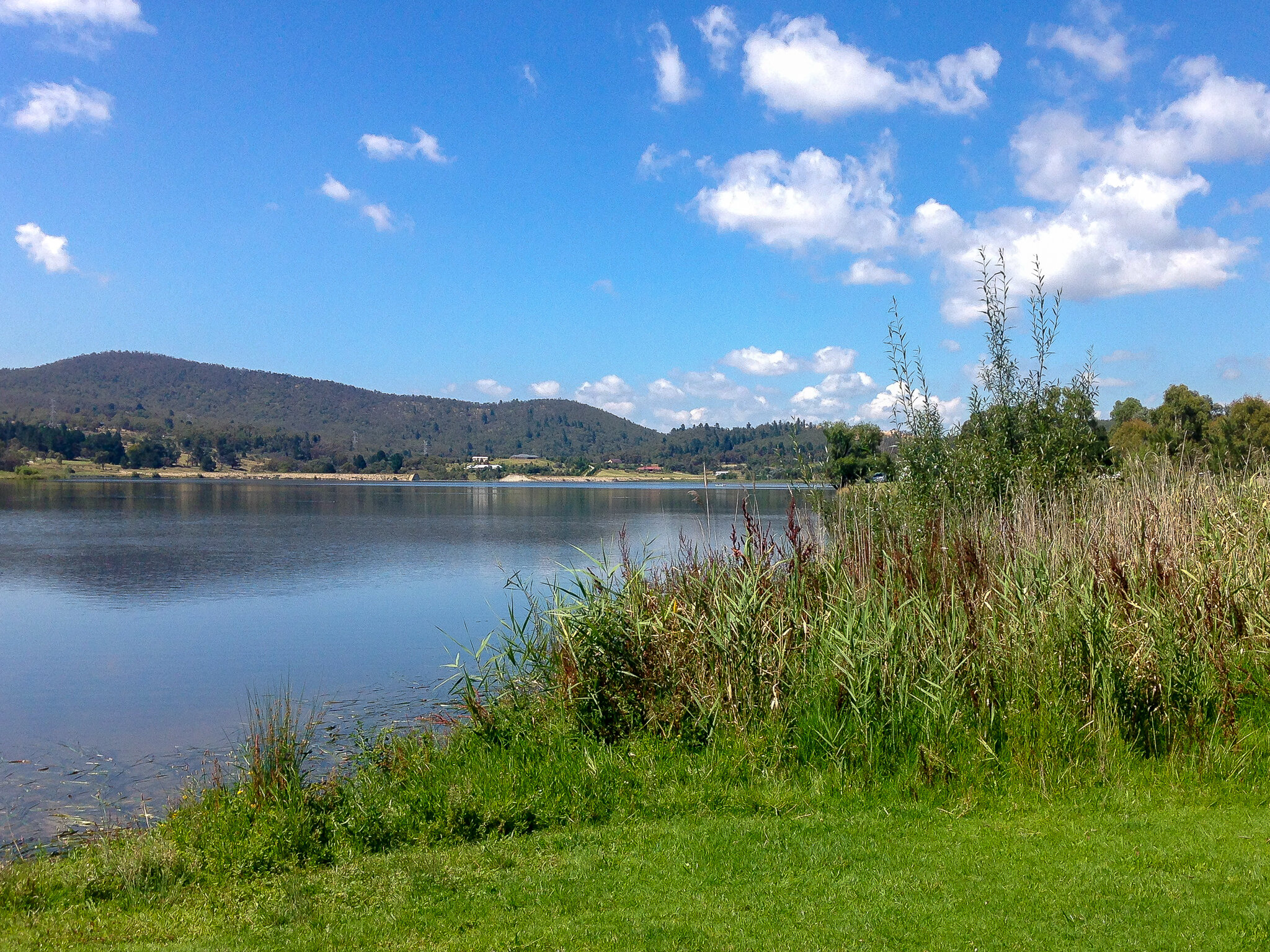This week’s BirdingNSW club meeting featured a presentation on this subject by Janet Gardner from the Australian National University. Janet and her team have been studying the effect of increasing heat on a community of Jacky Winters in the arid Mallee country, north east of Adelaide, South Australia.
This study from 2019 – 2020 covered some of the hottest conditions ever recorded in the Mallee. Birds normally have a body temperature around 40 degrees Celsius. As the temperature rises they attempt to cool themselves, first by opening their wings and seeking out the breeze and other cool air. As the temperature rises further they begin to pant, cooling through evaporation of precious water. In the study some birds found shade amongst the roots of mature Mallee eucaplypts.
Jack Winters get all their moisture from their insect food and need to rehydrate as soon as the temperature goes down again. Sadly, temperatures above 45 degrees Celsius, with some as high as 49 degrees, took their toll on the young and a proportion of the adult birds. Alarmingly, the number of days with these high temperatures has risen rapidly over the past fifty year. Australian birds, living in one of the hottest and driest continents, face serious challenges as temperatures rise in coming years.




















